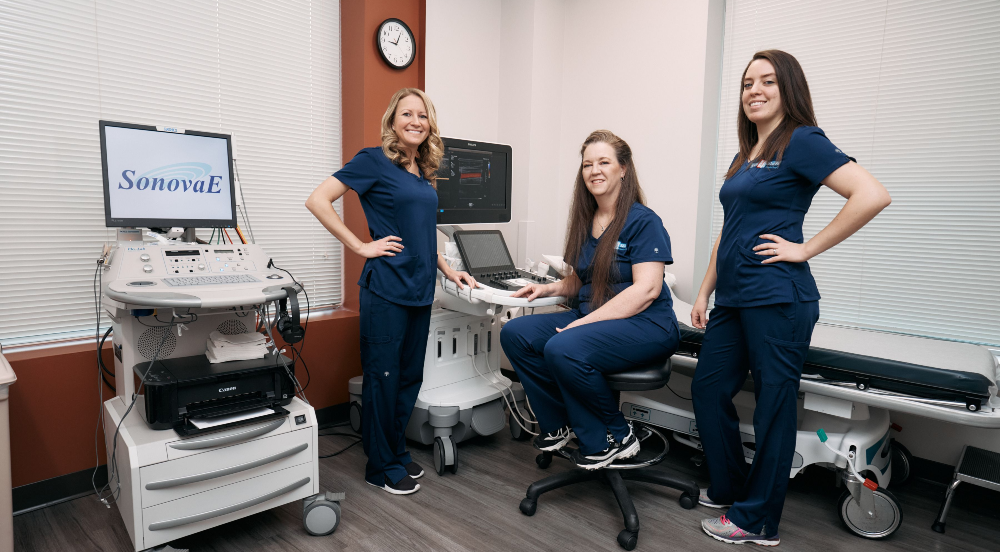Vascular Lab
Ultrasound Testing
Our state-of-the-art vascular lab has ultrasound imaging equipment that allows us to get precise imaging for an accurate diagnosis and treatment. Ultrasound scans, or sonography, are safe and painless because they use sound waves or echoes, instead of radiation, to produce pictures of the inside of the body.
These pictures allow doctors to target the precise location of the problem area, and can detect conditions occurring in the liver, heart, kidney or abdomen. All image recording happens in real time, so there is no wait for picture development that is required with the use of other imaging procedures.
Tests We Offer








